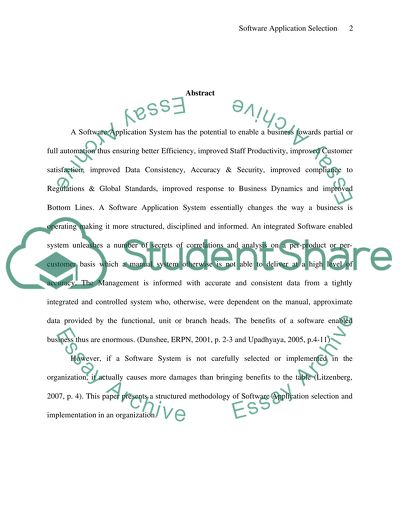Cite this document
(“Software Application Selection/Implementation Essay”, n.d.)
Retrieved from https://studentshare.org/miscellaneous/1548020-software-application-selectionimplementation
Retrieved from https://studentshare.org/miscellaneous/1548020-software-application-selectionimplementation
(Software Application Selection/Implementation Essay)
https://studentshare.org/miscellaneous/1548020-software-application-selectionimplementation.
https://studentshare.org/miscellaneous/1548020-software-application-selectionimplementation.
“Software Application Selection/Implementation Essay”, n.d. https://studentshare.org/miscellaneous/1548020-software-application-selectionimplementation.


